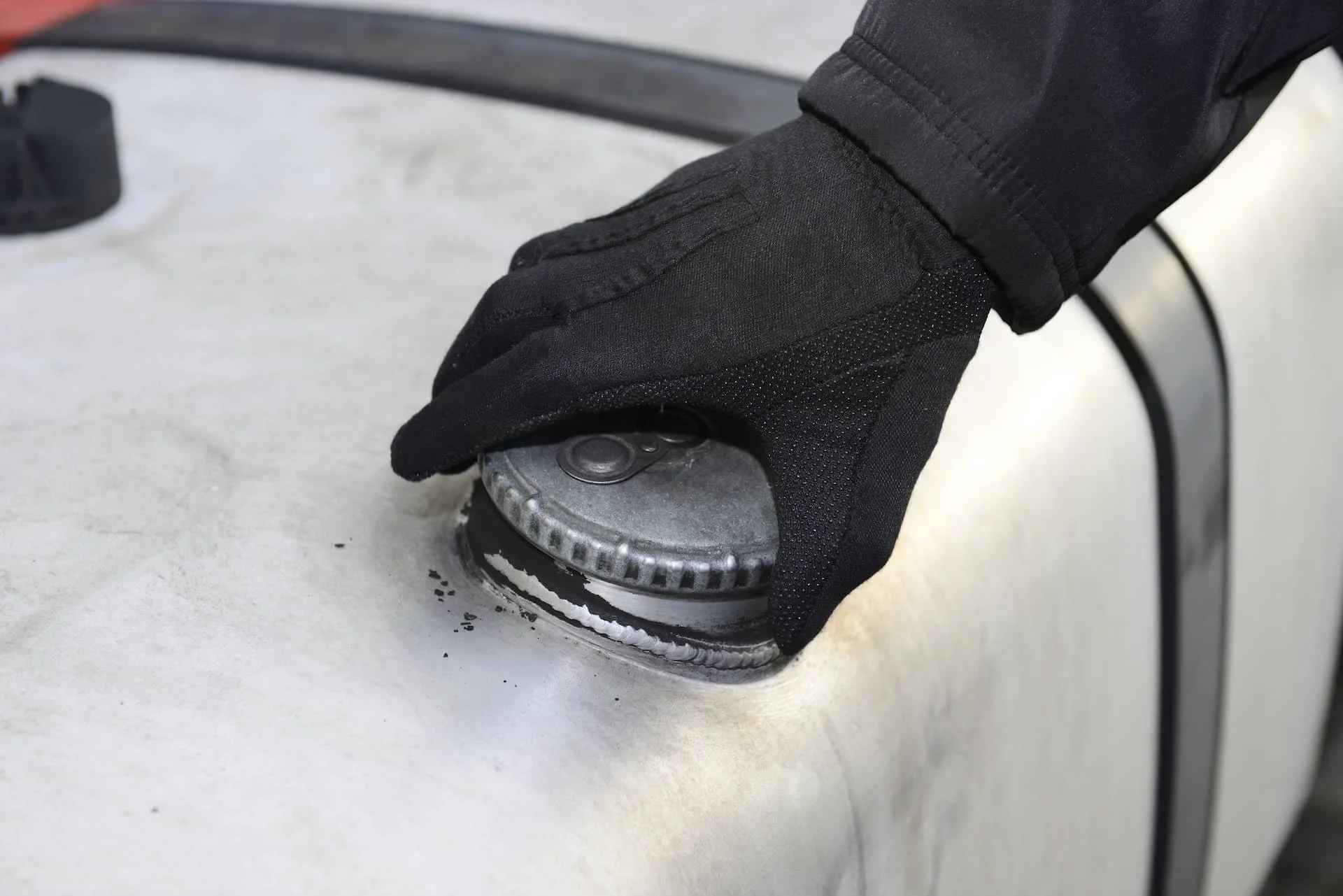Get clarity on Health & Safety requirements for storing diesel in 2022
Did you know that not all of the HSG176 applies to organisations storing diesel?
Following the publication of the HSG176 in 2015, diesel was reclassified as a “flammable liquid” by the European CLP Regulation. This publication states that any liquid with a flashpoint of up to 60°C is regarded as a flammable liquid, and as diesel has a flashpoint of 55°C it now falls into this category.
If your organisation stores and dispenses diesel then you have most likely already heard about this reclassification. However, you might not be 100% clear on what the implications are for your business.
The HSG176 sets out requirements relating to all aspects of diesel storage including the design and construction of tanks and dispensing systems, the layout and location of these tanks and their inspection and maintenance. Consequently, and unsurprisingly, there was great concern within the affected industries with companies expecting to incur huge costs associated with complying with these new guidelines.
Back in 2016, David Eyers of the Fuel Experts Association wrote to the HSE to clarify certain points. Here is what he found:
The reclassification of diesel doesn’t necessarily mean that businesses need to update their current diesel storage and dispensing systems.
In a letter written by Matthew Penrose to David Eyres, the chairman of the Fuel Experts Association, Mr Penrose explains that providing companies involved in the storing and dispensing of diesel are compliant with the Dangerous Substances and Explosive Atmospheres Regulations 2002 (DSEAR) then they needn’t change their methods of storing and dispensing diesel.
Mr Penrose writes “the classification of diesel has been changed by CLP but the risks associated with storing and dispensing it have not. Therefore, all those businesses that are already complying with DSEAR, by controlling the risks posed by diesel, need take no further action as a result of the CLP reclassification.”.
Mr Penrose is not disregarding the requirements laid out by the HSG176, and indeed does state that the document provides important guidance on whether companies are meeting the safety standards of storing and dispensing diesel. But importantly, Mr Penrose explains that a number of the guidelines outlined in the HSG176 are not always applicable given that companies may already be compliant with the industry guidelines.
Therefore, to avoid incurring any unnecessary expenditures, the HSE set out the following exceptions to the HSG176 requirements whereby these new guidelines do not apply where diesel is stored in tanks not exceeding 150,000L which meet appropriate industry standards, including BS 799 Part 5, OFS T/200, EN 13341 or OFS T/100, and are manufactured to controlled standards and where there is no risk of flammable oil mist forming.
The bottom line is that not all of the HSG176 applies to companies involved in the storing and dispensing of diesel that are already compliant with DSEAR. For peace of mind, please download and read the letter from Matthew Penrose below.

